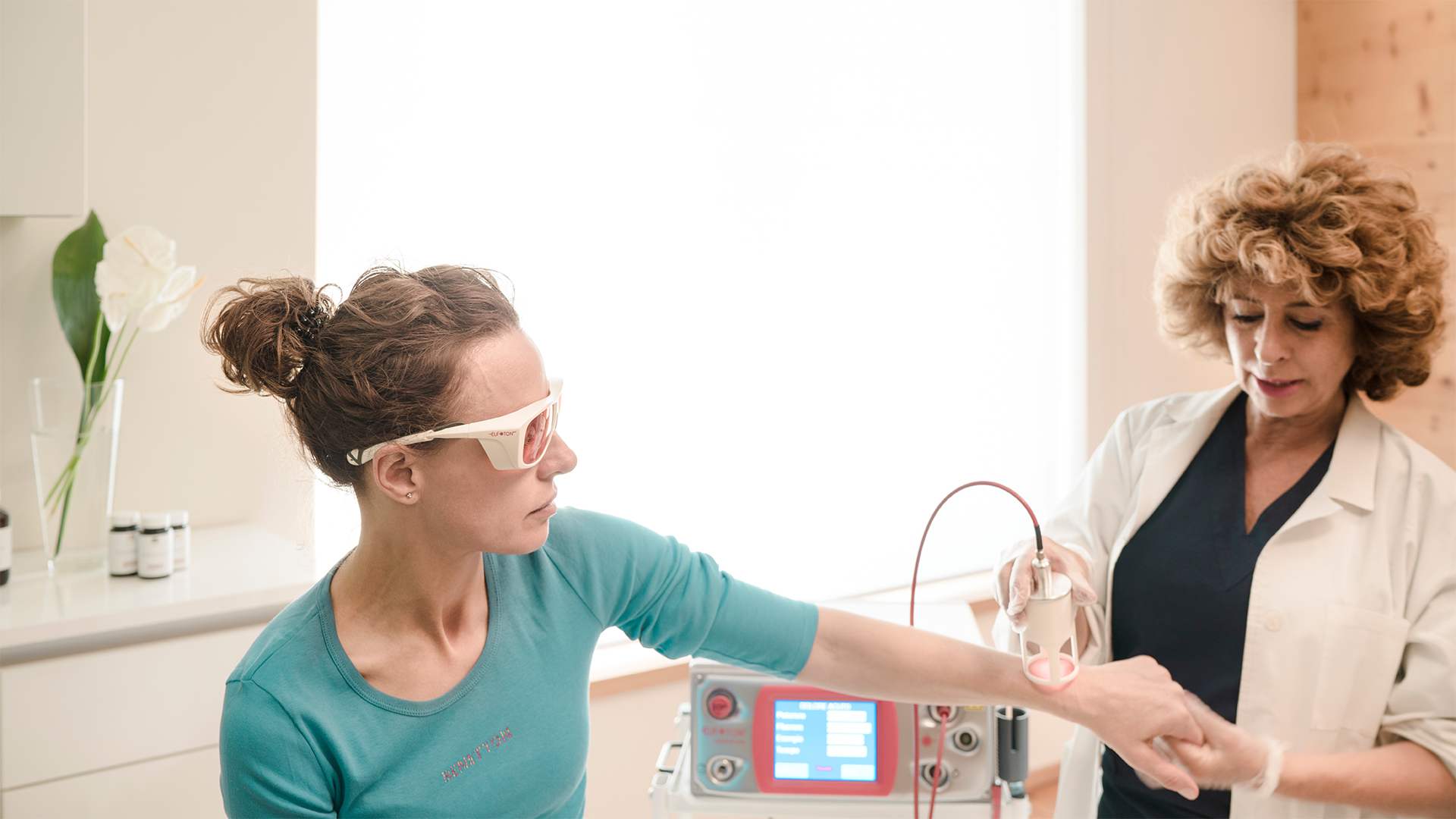Reversing sun damage - how medical skincare can help at the end of summer
The sun emits a large amount of electromagnetic radiation at various wavelengths (between 300 and 3000 nm), which is absorbed by the atmosphere. Without the sun’s radiation, life on Earth would not exist. Ultraviolet radiation (300-400 nm) is necessary for humans, as it stimulates the production of vitamin D.
Nevertheless, the long hours that we sometimes spend in the sun for the sake of a quick holiday tan clash with the adaptive capacity of our skin, which would need a slow genomic change to weather such intense exposure without damage. But this kind of genomic change is a long adaptive process that usually takes thousands of years.
Our skin is equipped with “photoprotection” mechanisms that enable it to keep in check the production of UV-induced free radicals. These mechanisms, however, only work if exposure to the sun is limited and restricted to certain times (tanning between 11 am and 4 pm should be avoided), and provided we don’t get sunburnt. Failing that, we are potentially subject to various types of damage and a range of undesirable effects, which can manifest in both the short and the long term. The worst consequence that can arise is naturally skin cancer, but less severe damage is also possible, including benign tumours, skin discolouration (sun spots), wrinkles and sun erythema.
After a summer of careless tanning, we can be left with skin that looks and feels stressed, dry and wrinkly, as well as spotty or discoloured. This is where a few sessions with a medical specialist can help us reverse sun damage. Thanks to the latest advancements in aesthetic medicine, we can now choose from a range of highly effective, targeted treatments. These include:
Erb-Yag fractional laser – by removing the outer skin layers, this treatment helps to even out complexion and boost cell turnover, for smooth, healthy and radiant skin.
Fractional diode laser (1,500 nm) – with this technique, fibroblasts are stimulated to increase the production of endogenous collagen, elastin and hyaluronic acid. It has a natural lifting effect that rejuvenates and firms the skin.
Dermal bio-restructuring (biolift) – this treatment consists of small injections of ozone and/or amino acids to hydrate the deep layers of the skin, restoring elasticity for a fresher look.
Needling – with this technique, sixteen tiny needles are used to cause controlled skin trauma, inducing skin repair as a biological response.
Laser removal of rosacea and spider veins in the legs – these skin conditions of vascular origin tend to worsen after exposure to the sun or high temperatures in general.
Laser removal of benign neoformations – including warts, fibromas and keratoses. The latter usually appear from the age of 40 due to the effects of UV rays over the years.
Laser treatment of dermatochalasis – various forms of mild skin sagging in the eyelids (baggy eyes), arms, inner thighs or abdomen can be made worse by intense tanning.
“Don’t wait for the right opportunity: create it!”
George Bernard Shaw
Dr Rossana Lo Monaco, MD
Specialist in laser therapy and aesthetic medicine at ADLER Balance

